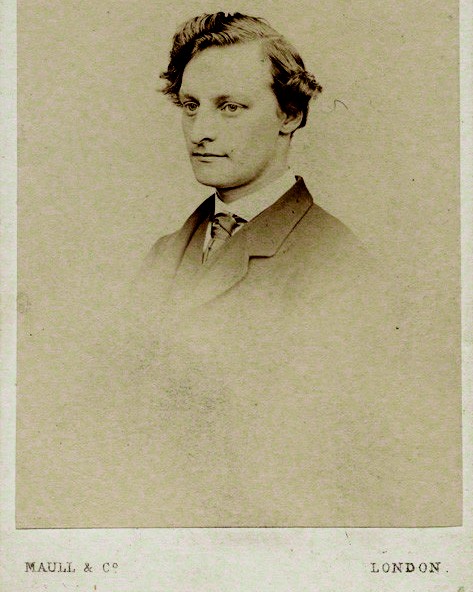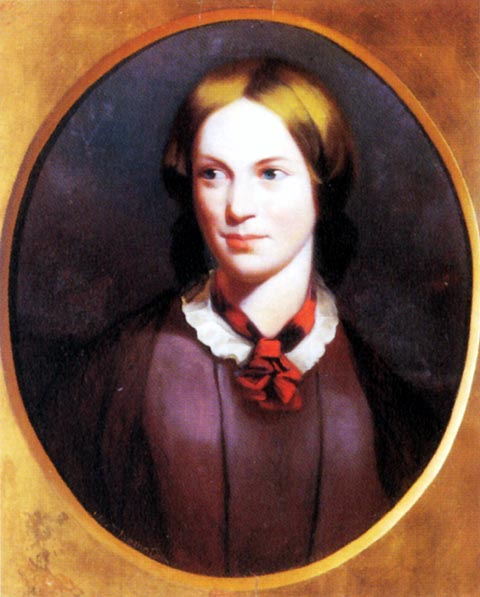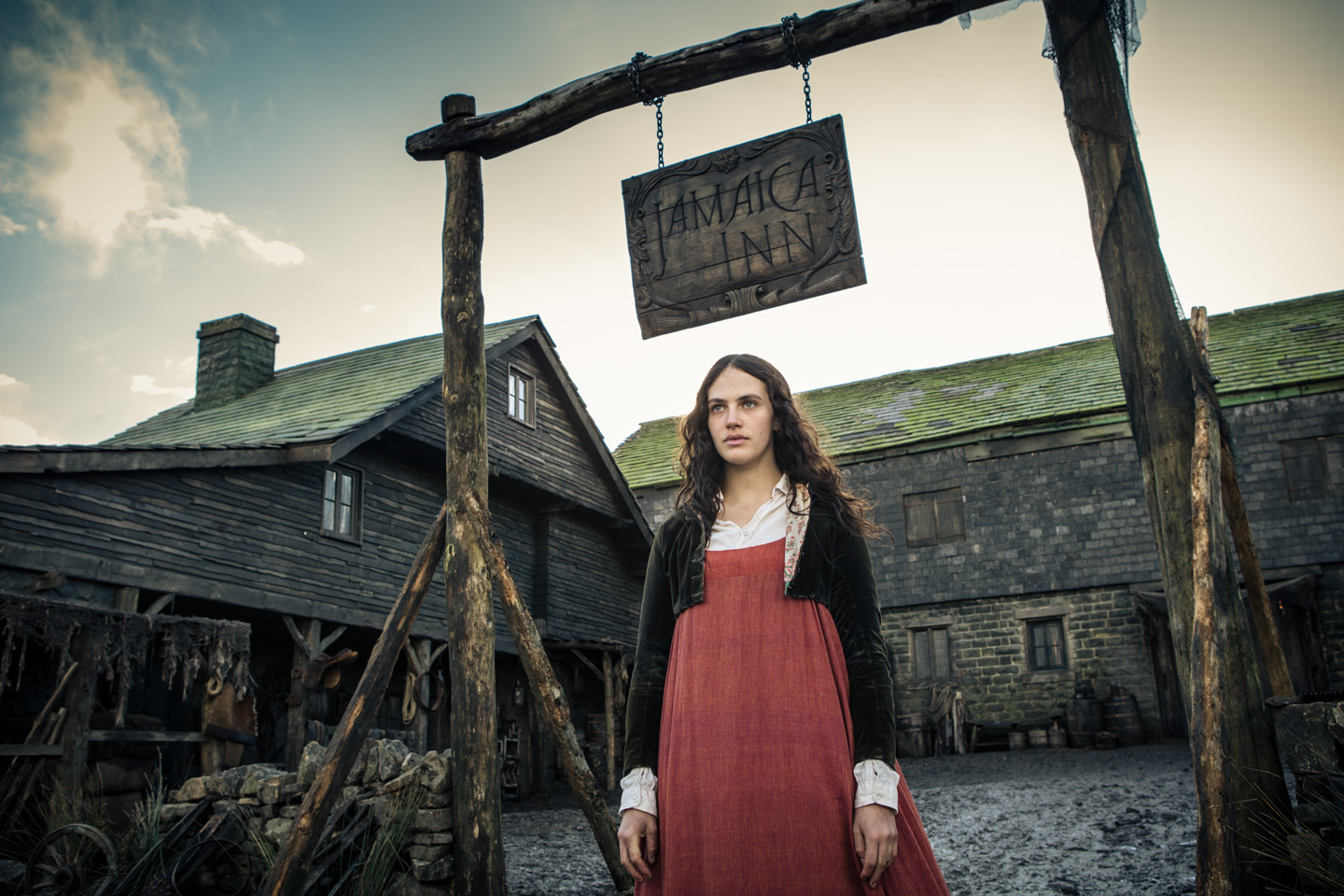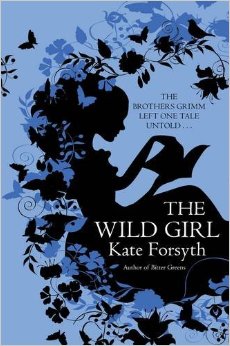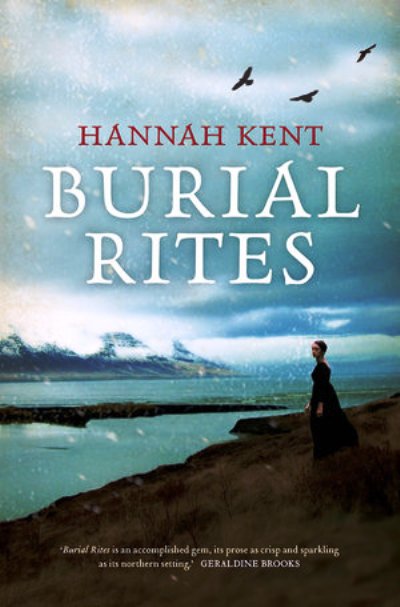Get to know the personal side of nineteenth century and Victorian era painters, poets, artists and authors.
Posts
Showing posts from April, 2014
Edward Robert Hughes, R.A. (1851-1914) Current Exhibition
- Get link
- X
- Other Apps
Charlotte Brontë (April 21,1816-March 31,1855) Poems on her birthday!
- Get link
- X
- Other Apps
Jamaica Inn by Daphne du Maurier: From yesterday to today!
- Get link
- X
- Other Apps
